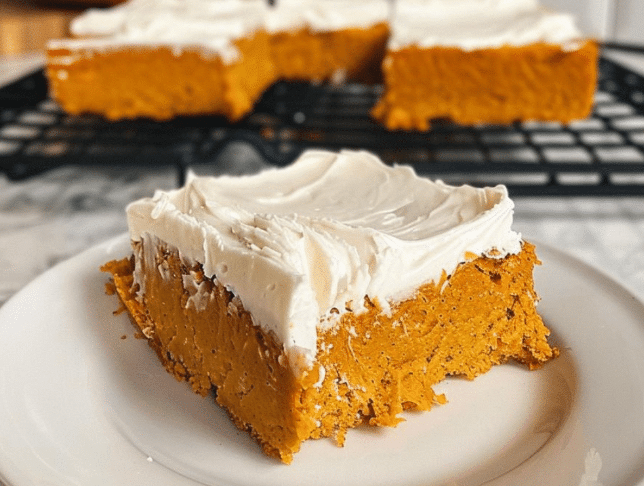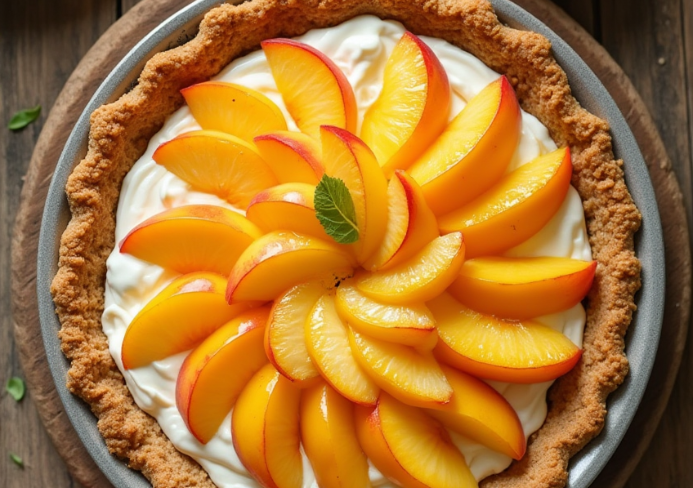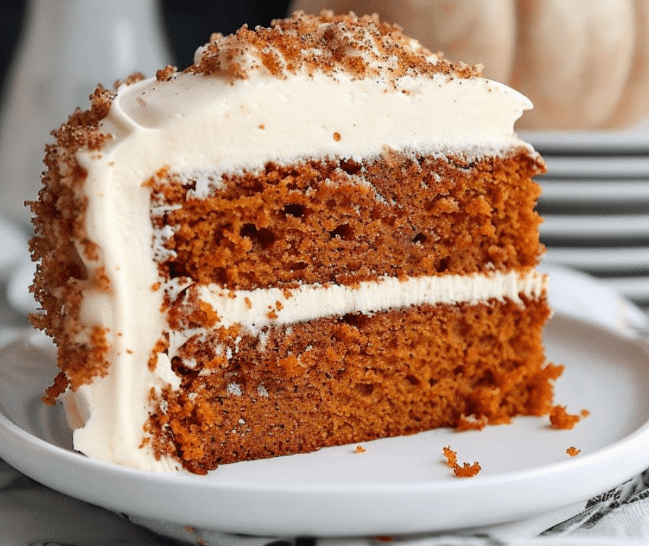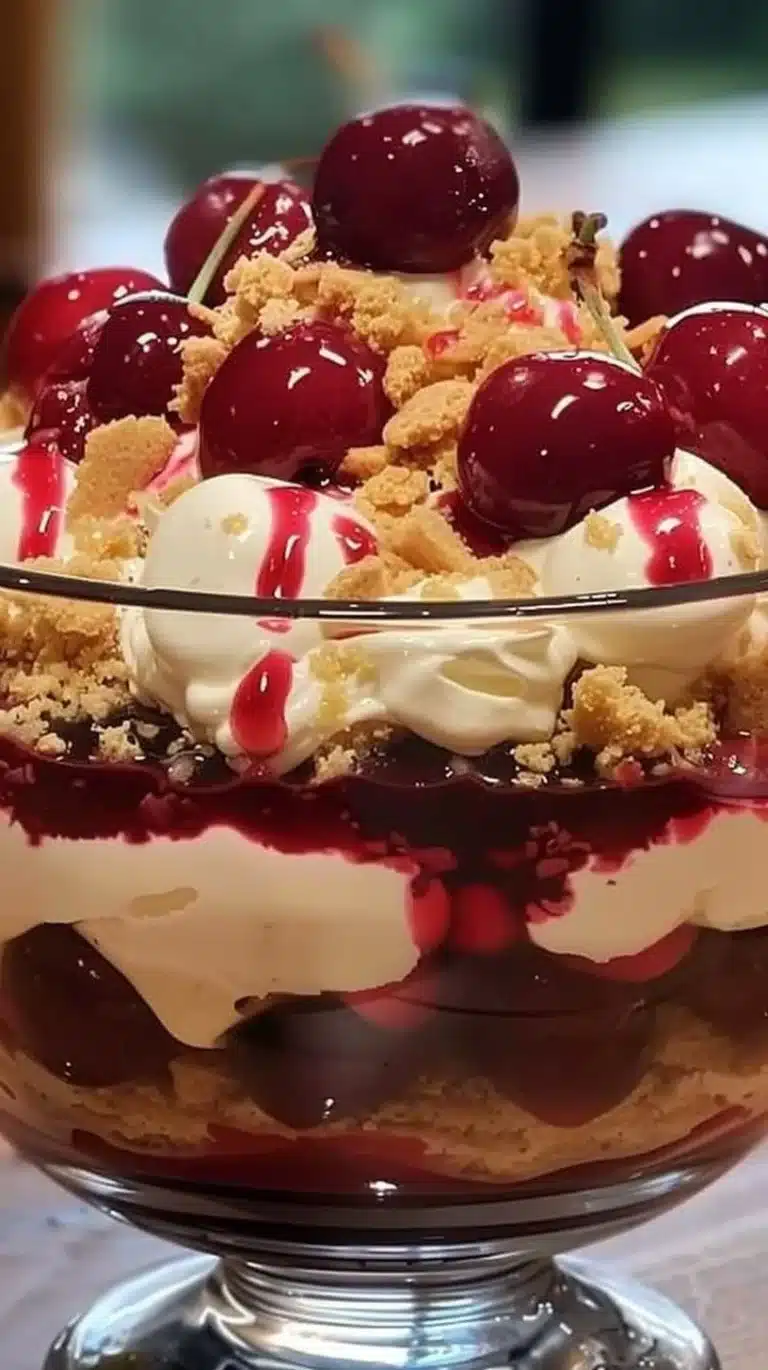Nectarine Upside Down Cake: A Buttery, Fruity Twist on a Classic Dessert
If you’ve ever wanted to bake a dessert that looks stunning, tastes heavenly, and requires no special frosting skills, then the nectarine upside down cake is your perfect match. This beautifully rustic cake flips the script—literally—placing fresh, caramelized nectarines on top after baking for an impressive finish. Whether you’re baking for a summer party, brunch, or just your sweet tooth, this cake delivers every time.
Table of Contents
Unlike more common variations like pineapple or peach, nectarines bring a balanced blend of tart and sweet, plus a smooth skin that doesn’t need peeling. This makes the cake not only easier to prepare, but also gives it a slightly more refined texture and flavor. Learn how to make the most of seasonal nectarines with this cake and discover how their firm flesh holds up beautifully under heat. To ensure your fruit is in prime condition, check the USDA Seasonal Produce Guide – Nectarines.
When baked properly, this cake strikes a balance between a buttery sponge and a sticky fruit topping. The brown sugar glaze seeps into the cake as it bakes, adding a rich, caramel undertone that elevates each slice. Wondering how to best work with stone fruits like nectarines? This guide to baking with stone fruits has essential tips for handling and pairing them perfectly in baked goods.
Introduction to Nectarine Upside Down Cake
- A twist on the classic upside-down cake using fresh nectarines
- Visually striking dessert with minimal decoration effort
- Ideal for using up ripe summer stone fruits
- Delicious warm or room temperature
Brief History of Upside Down Cakes
- Originated in the early 1900s, made popular with pineapple upside down cake
- Designed to be baked in cast iron skillets
- Simple yet elegant dessert that flips for a wow-factor presentation
Why Nectarines?
- Nectarines offer a sweet-tart flavor without the fuzz of peaches
- Their skin is thin and smooth—no peeling required
- Holds structure better than peaches, creating neat layers
- Available throughout summer; best when ripe but slightly firm
Essential Ingredients Breakdown
- Fresh nectarines – ripe but not mushy
- Brown sugar – for caramelization
- Unsalted butter – divided for layering and batter
- All-purpose flour – base of the sponge
- Buttermilk – adds tang and softness
- Eggs – provides structure and richness
- Optional enhancements:
- Cinnamon
- Nutmeg or cardamom
- Vanilla extract for aromatic depth

Equipment You’ll Need
- 9-inch round cake pan or cast iron skillet
- Rubber spatula
- Mixing bowls
- Wire cooling rack
- Toothpick or cake tester
- Knife for slicing nectarines
Preparing the Nectarines
- Slice nectarines into 1/2–3/4 inch wedges
- Keep the skin on unless preferred otherwise
- Arrange slices in a single layer over melted butter and brown sugar
- Optional: sprinkle a pinch of cinnamon before pouring batter
Making the Perfect Batter
- Mix dry ingredients: flour, sugar, baking soda, salt
- Whisk wet ingredients: buttermilk, eggs, melted butter
- Combine wet and dry ingredients gently—do not overmix
- Add vanilla extract or sour cream for a richer flavor
- Consistency should be thick but pourable
Assembling the Cake
- Melt butter in the bottom of the pan
- Sprinkle brown sugar evenly over butter
- Arrange nectarines in a circular or fan pattern
- Pour and spread batter evenly on top
- Tap the pan lightly to remove air bubbles
Baking Tips and Oven Know-how
- Bake at 350°F for 45–55 minutes
- Use a toothpick to test doneness in multiple spots
- Cover with foil if browning too quickly
- Let cool for 10 minutes before flipping
Flipping and Cooling the Cake
- Run a knife around the edge
- Place a plate over the pan and flip with confidence
- Lift pan gently to reveal the caramelized top
- Cool slightly before slicing to avoid breaking
Serving Suggestions
- Serve warm with:
- Whipped cream
- Vanilla ice cream
- Crème fraîche or mascarpone
- Pairs well with coffee, tea, or dessert wine
- Garnish with mint or a dusting of powdered sugar
Storage and Shelf Life
- Store covered at room temp for up to 2 days
- Refrigerate in an airtight container for up to 5 days
- Best reheated slightly in the microwave or oven
- Freeze individual slices wrapped in foil for up to 1 month
Variations and Flavor Twists
- Add blueberries, raspberries, or cherries with nectarines
- Use almond flour or cornmeal for texture
- Infuse batter with:
- Lemon zest
- Almond extract
- Fresh herbs like thyme or rosemary
- Make mini upside-down cakes in muffin tins
Common Mistakes and How to Fix Them
- Undercooked center – bake longer, check multiple spots
- Cake overflowed – use a larger pan or less batter
- Fruit stuck to pan – grease thoroughly and use parchment paper
- Rubbery texture – avoid overmixing and measure baking soda carefully
For more on baking issues like dryness or soggy centers, see this cake troubleshooting guide.
Nectarine Upside Down Cake for Special Diets
- Vegan version:
- Use almond milk + vinegar instead of buttermilk
- Replace eggs with flax eggs or aquafaba
- Gluten-free:
- Substitute with a 1:1 gluten-free baking flour
- Low-sugar:
- Use monk fruit or erythritol
- Reduce brown sugar, increase fruit for natural sweetness
Reader Tips and Community Ideas
- Add 1 tsp vanilla to batter
- Sprinkle cinnamon or cardamom on nectarines before baking
- Use a 10-inch skillet for extra fruit layers
- Substitute half the white sugar with light brown sugar in the batter
- Let sit overnight to deepen flavors
FAQs
Can you use canned or frozen nectarines?
Yes, but drain canned nectarines and thaw frozen ones completely to avoid excess moisture.
Why did my upside-down cake turn out soggy?
Likely from overripe fruit or too much liquid—use firm nectarines and follow precise measurements.
Should I peel nectarines before baking?
It’s not necessary; their skin softens nicely, but you can peel if you prefer a smoother texture.
What other fruits work well for upside-down cakes?
Try peaches, plums, apples, pineapples, or even citrus slices.
Can I make this cake ahead of time?
Yes! It keeps well for a few days and can be rewarmed before serving.
Nectarine Upside Down Cake: A Buttery, Fruity Twist on a Classic Dessert
- Total Time: 1 hour 10 minutes
- Yield: 8 servings 1x
- Diet: Vegetarian
Description
This rustic upside-down cake features juicy nectarines caramelized in brown sugar and butter, topped with a tender buttermilk cake. A beautiful dessert that’s perfect served warm with ice cream.
Ingredients
- 2 cups all-purpose flour
- 1 cup sugar
- 1 teaspoon baking soda
- ½ teaspoon salt
- 1 cup buttermilk
- ½ cup (1 stick) unsalted butter, melted and divided
- 2 large eggs
- ½ cup brown sugar (packed)
- 4 nectarines, sliced into ½–¾ inch wedges
Instructions
- Preheat oven to 350°F (175°C).
- In a large bowl, whisk together the flour, sugar, baking soda, and salt.
- In a separate bowl or large measuring cup, combine buttermilk, 4 tablespoons melted butter, and eggs. Whisk until smooth.
- Pour the wet mixture over the dry ingredients and stir just until combined. Do not overmix.
- Melt the remaining 4 tablespoons butter in a 9-inch round cake pan or cast iron skillet. Tilt the pan to coat the sides.
- Sprinkle the brown sugar evenly over the melted butter.
- Arrange the nectarine slices on top of the brown sugar in a single, even layer.
- Gently spoon the batter over the nectarines, smoothing out the top.
- Bake for 45–55 minutes or until a toothpick inserted in the center comes out clean.
- Let the cake cool in the pan for 10 minutes. Run a knife around the edges.
- Place a serving plate over the pan and carefully flip to invert the cake.
- Serve warm or at room temperature. Optional: Add a scoop of vanilla ice cream or whipped cream.
Notes
You can substitute the nectarines with peaches or plums depending on the season. The buttermilk adds tenderness and tang to the cake base.
- Prep Time: 20 minutes
- Cook Time: 50 minutes
- Category: Dessert
- Method: Baking
- Cuisine: American
Nutrition
- Serving Size: 1 slice
- Calories: 360
- Sugar: 32g
- Sodium: 220mg
- Fat: 15g
- Saturated Fat: 9g
- Unsaturated Fat: 5g
- Trans Fat: 0g
- Carbohydrates: 52g
- Fiber: 1g
- Protein: 5g
- Cholesterol: 70mg
Keywords: nectarine upside-down cake, buttermilk cake, fruit dessert






